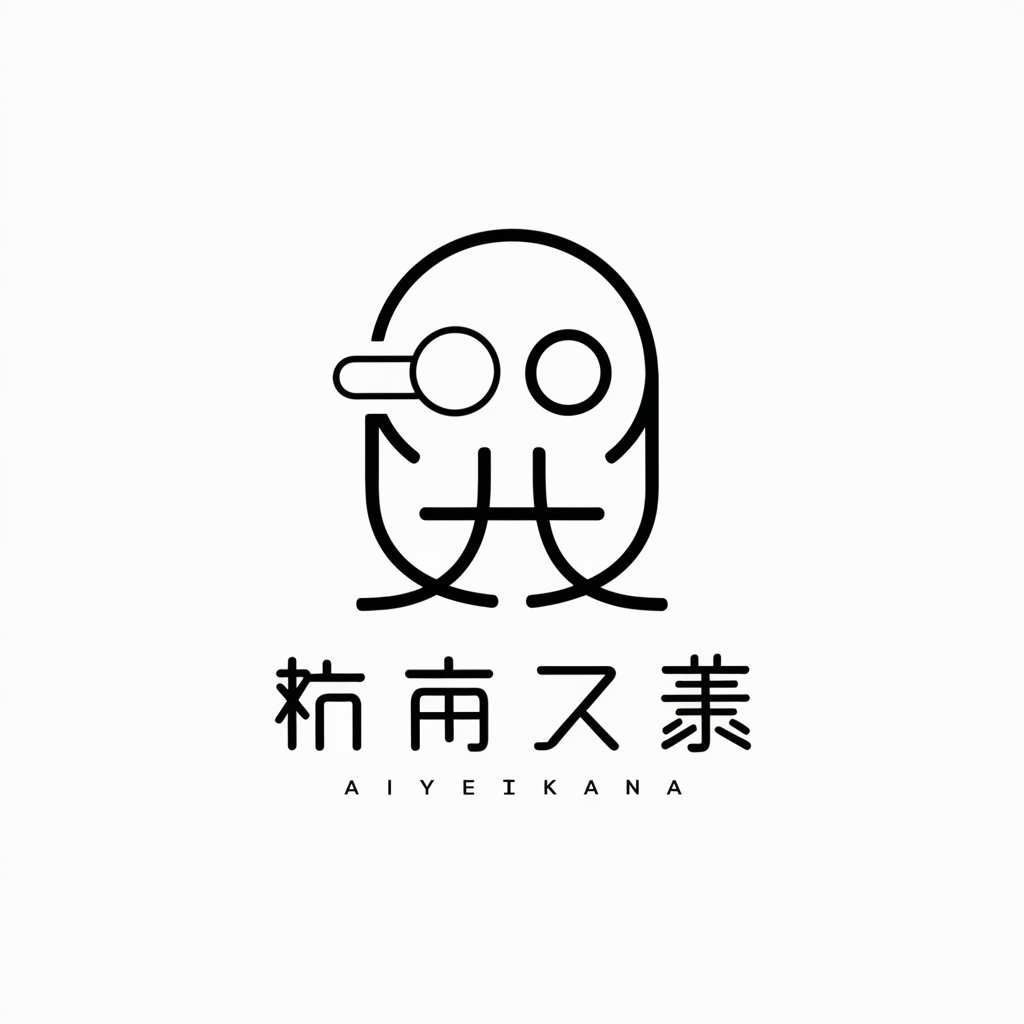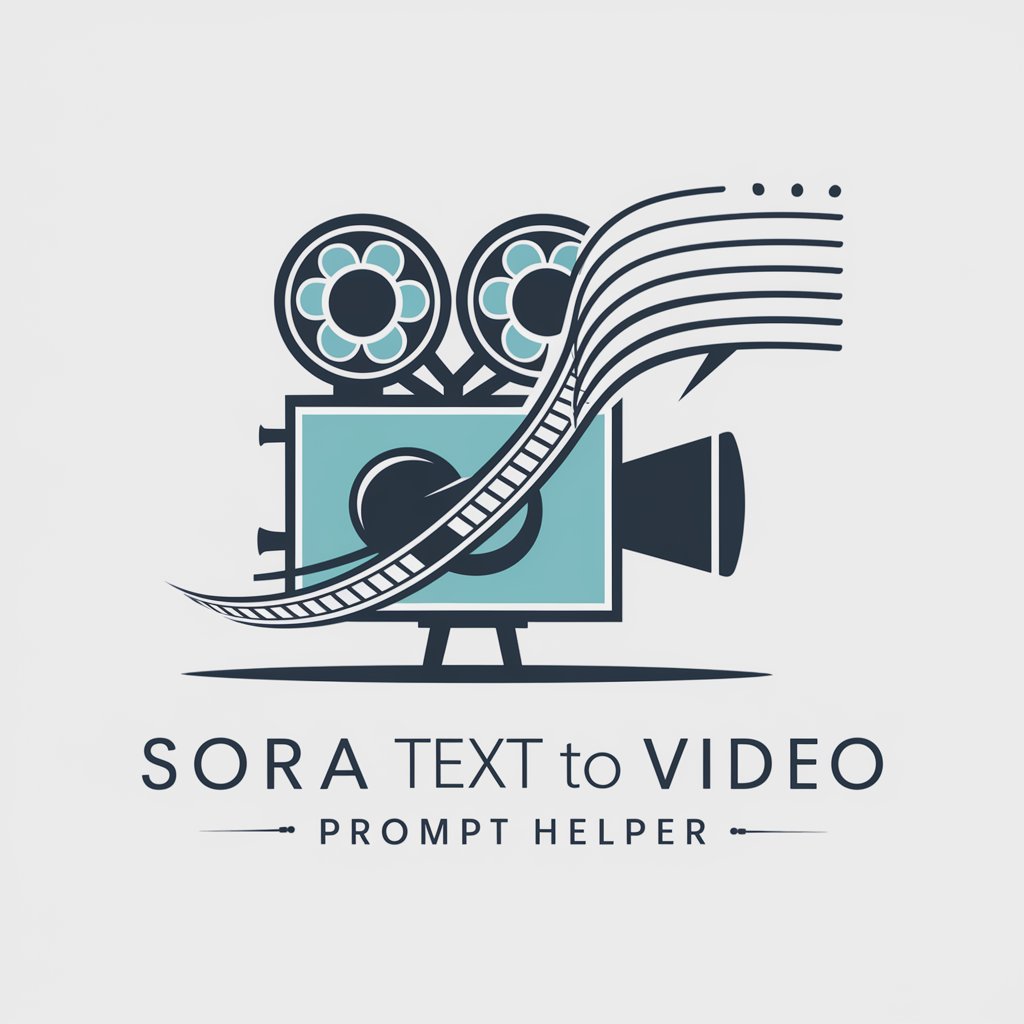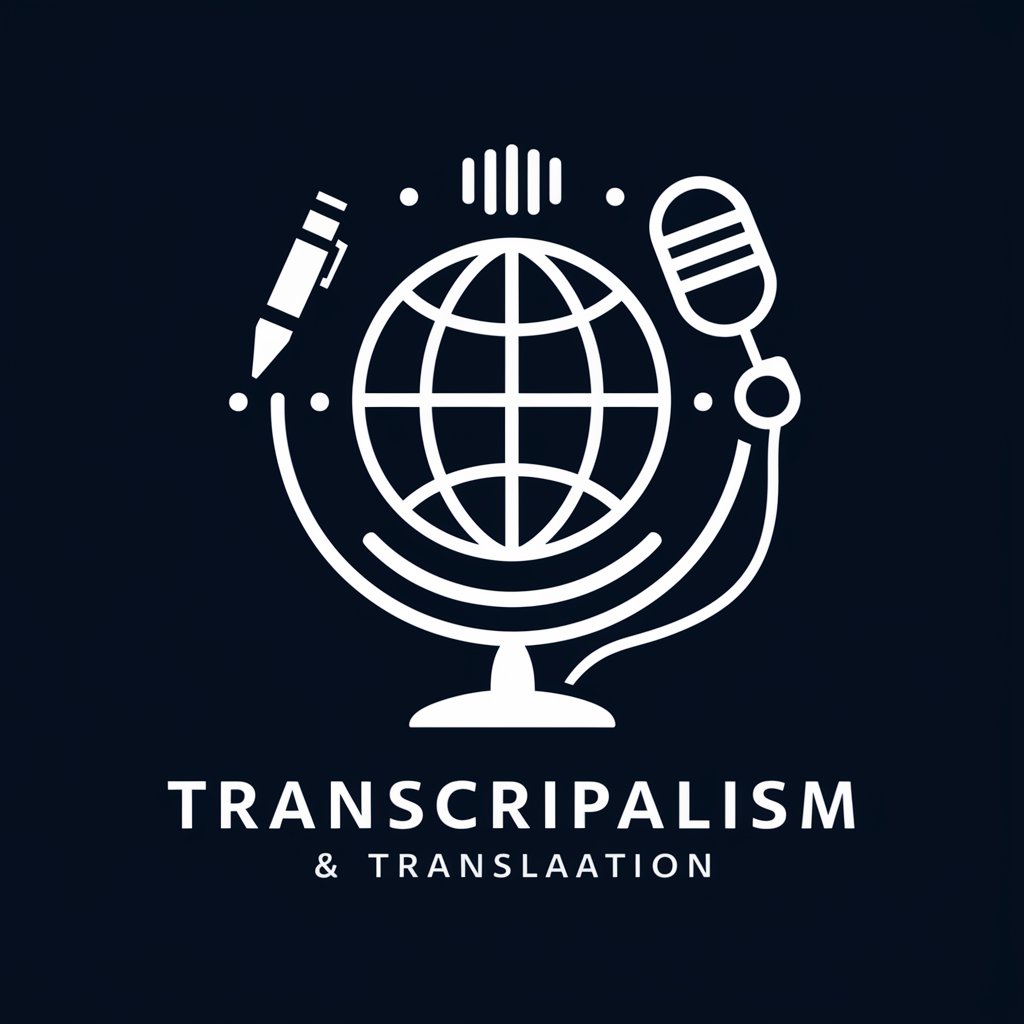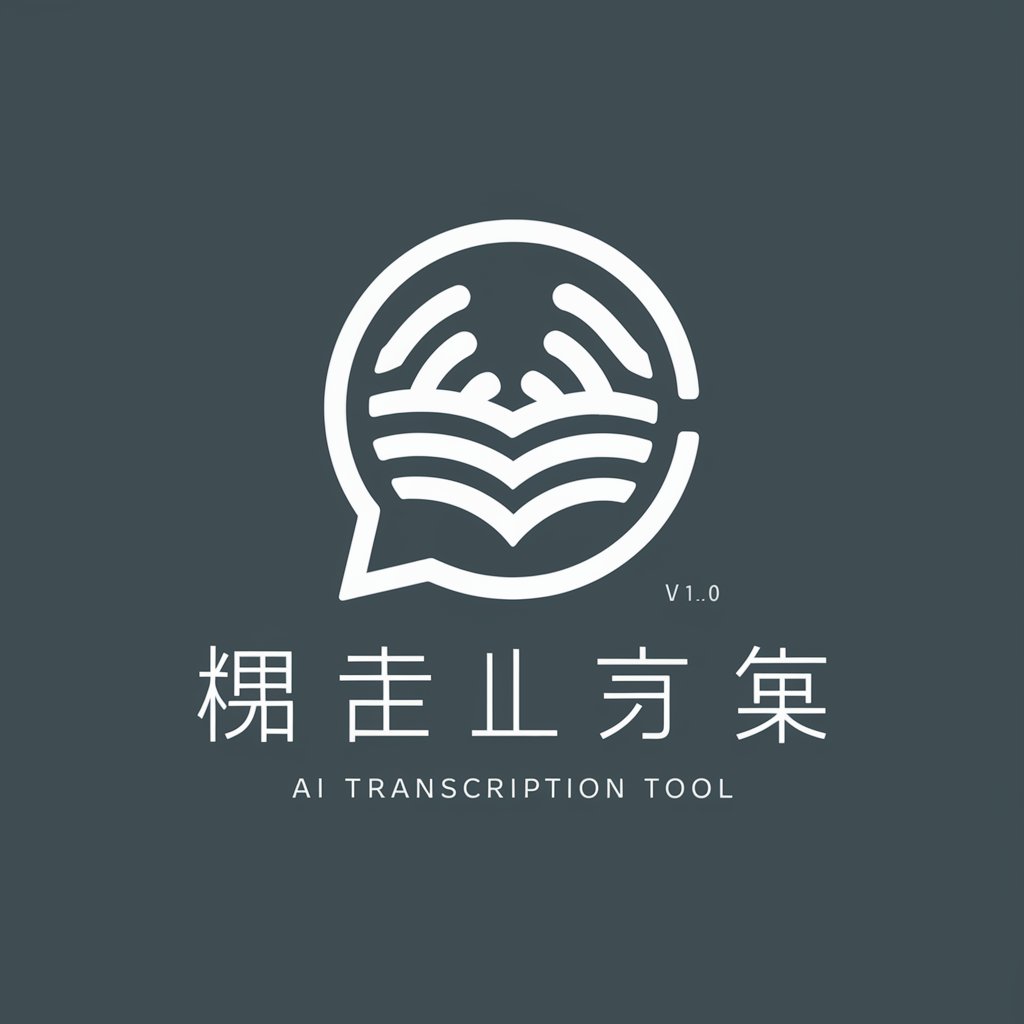
音声データ 文字起こし - Audio-to-Text Transcription
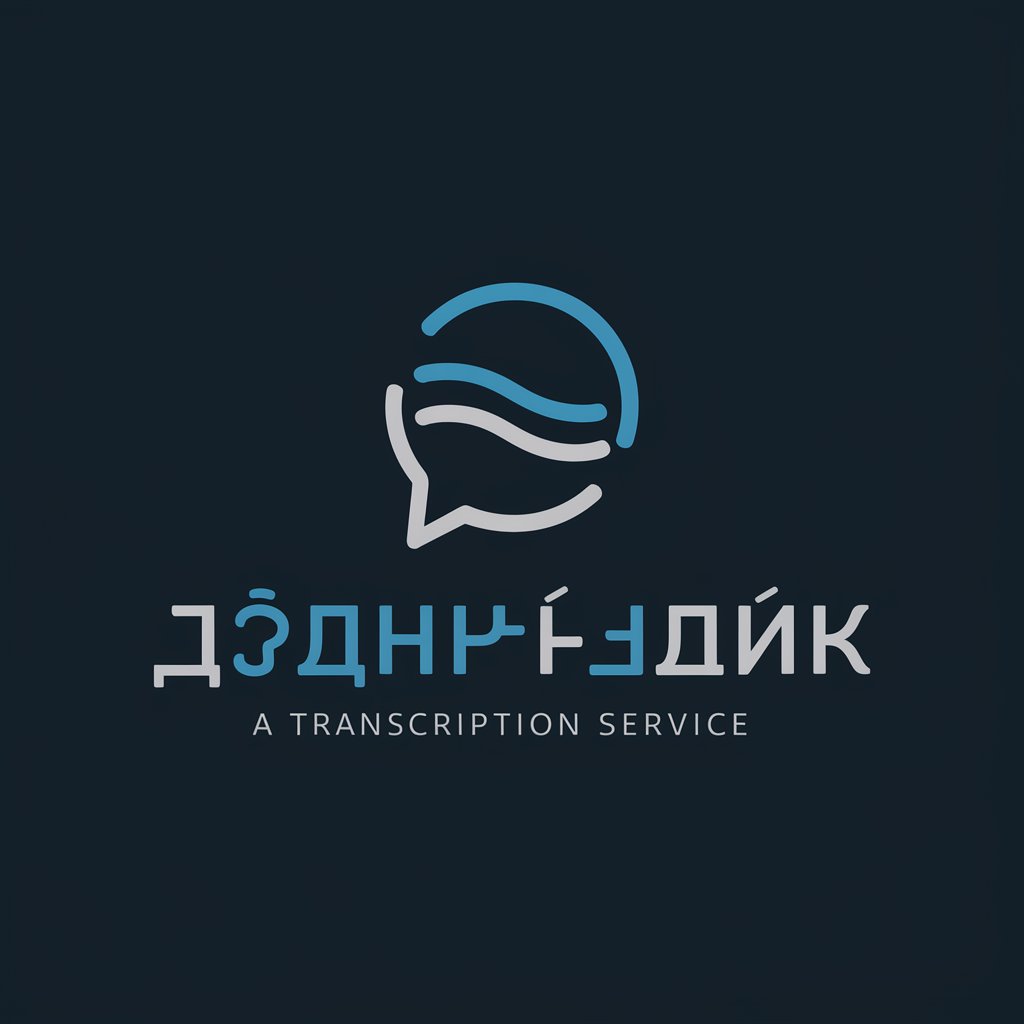
音声データ 文字起こしへようこそ。正確な文字起こしをお手伝いします。
AI-powered, precise transcription service
音声ファイルをアップロードして、文字起こしを開始しましょう。
会議の音声データを文字に変換して、効率的に情報を整理しましょう。
講義の録音をテキストにして、学習資料として活用しましょう。
複雑な議論を正確に文字起こしして、見逃しなく記録しましょう。
Get Embed Code
Introduction to 音声データ 文字起こし
音声データ 文字起こし, or 'Audio Data Transcription', is designed to transcribe lengthy Japanese audio recordings into text, specifically focusing on lectures and meetings. Its primary objective is to capture spoken words accurately, managing complex discussions without making assumptions or alterations. This includes recognizing different speakers and navigating diverse topics within its specialized fields. For instance, it can transcribe a university lecture on economics, distinguishing between the professor's explanations, student questions, and any academic discussions that ensue. Powered by ChatGPT-4o。

Main Functions of 音声データ 文字起こし
Accurate Transcription
Example
Transcribing a two-hour university lecture on modern Japanese literature, identifying and distinguishing between the lecturer's voice and student questions.
Scenario
This function is applied when a professor wants to make their lectures accessible in written form for students to review or for those who couldn't attend the lecture.
Speaker Recognition
Example
During a corporate meeting, the system identifies and differentiates between the CEO, the CFO, and other department heads as they speak.
Scenario
This is crucial for creating accurate minutes of meetings, where identifying who said what is necessary for follow-ups and accountability.
Handling Complex Discussions
Example
Transcribing a panel discussion at a medical conference, accurately capturing technical terms and the exchange between panelists.
Scenario
This is essential for medical professionals or researchers who were unable to attend the conference, allowing them to gain insights from the discussions.
Ideal Users of 音声データ 文字起こし Services
Academic Professionals
Professors and researchers who need to transcribe lectures, seminars, or discussions for documentation, publication, or accessibility purposes. They benefit from accurate transcriptions that capture complex academic discussions and terminologies.
Corporate Users
Business professionals requiring transcription of meetings, conferences, or presentations for record-keeping, training, or compliance purposes. Speaker recognition helps in accurately documenting discussions and decisions made during meetings.
Content Creators
Journalists, podcasters, or video producers who need to transcribe interviews or discussions for their content. Transcriptions enhance the accessibility of their work and allow for easier editing and content creation.

How to Use 音声データ 文字起こし
1
Access a free trial at yeschat.ai without the need for login or a ChatGPT Plus subscription.
2
Upload your audio file directly to the platform. Ensure the audio is clear and without background noise for optimal transcription accuracy.
3
Select the language of the audio file and any specific vocabulary or terminologies relevant to your content to enhance the transcription's precision.
4
Review and edit the transcription provided by 音声データ 文字起こし in the interactive text editor, which allows for easy correction of any potential mistakes.
5
Download the transcribed text in your desired format for easy sharing or further processing.
Try other advanced and practical GPTs
抖音助手
Enhance Your TikTok Presence with AI

音声文字起こしAI
Transform audio into text effortlessly
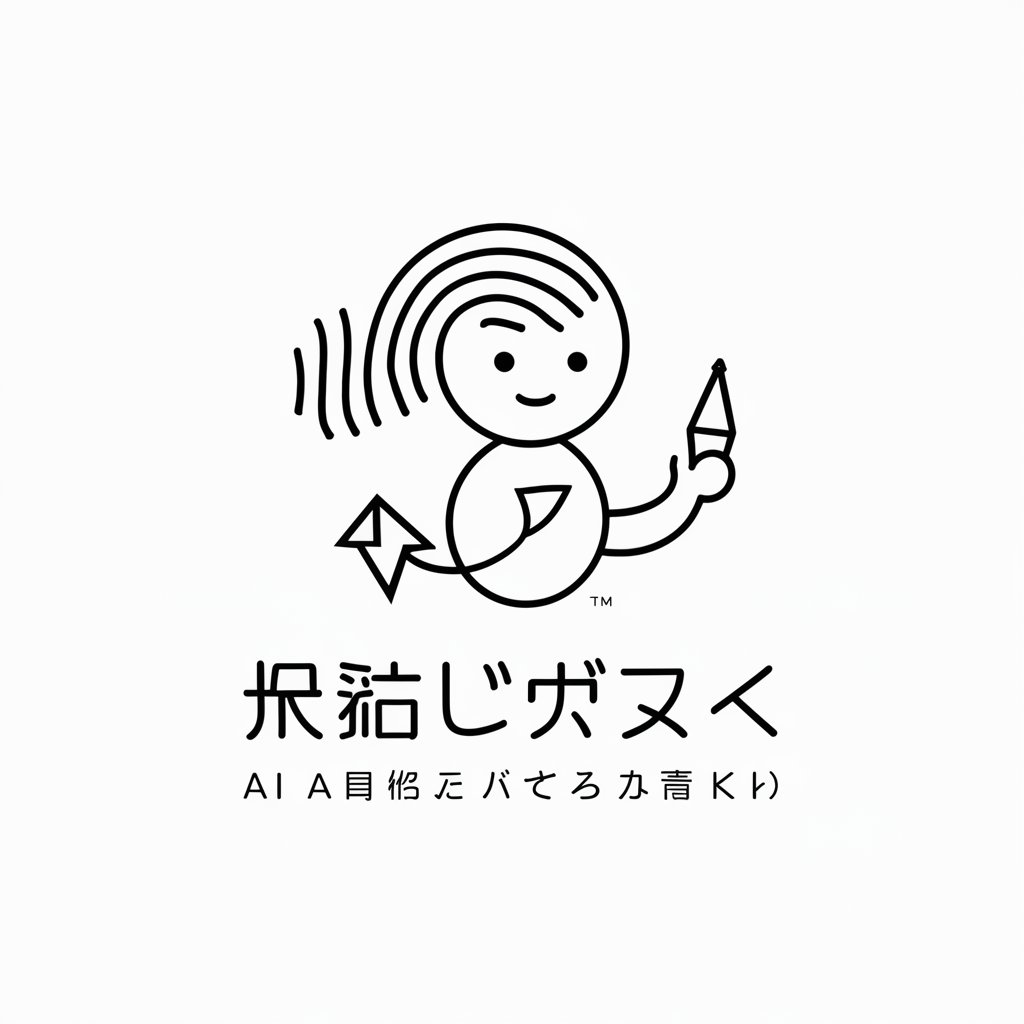
AI音楽プロデューサー
Craft your song with AI-powered music production.
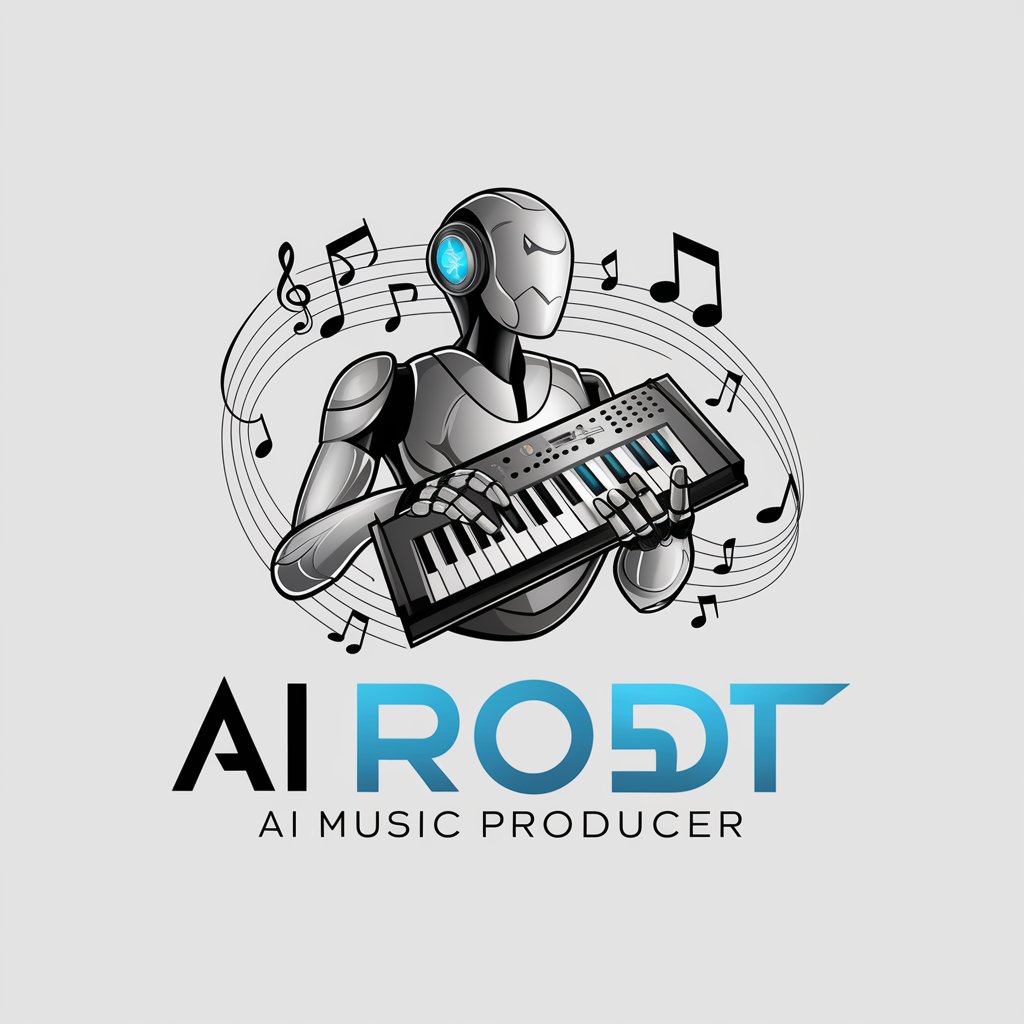
无限·配音
Elevate Your Voice Acting with AI
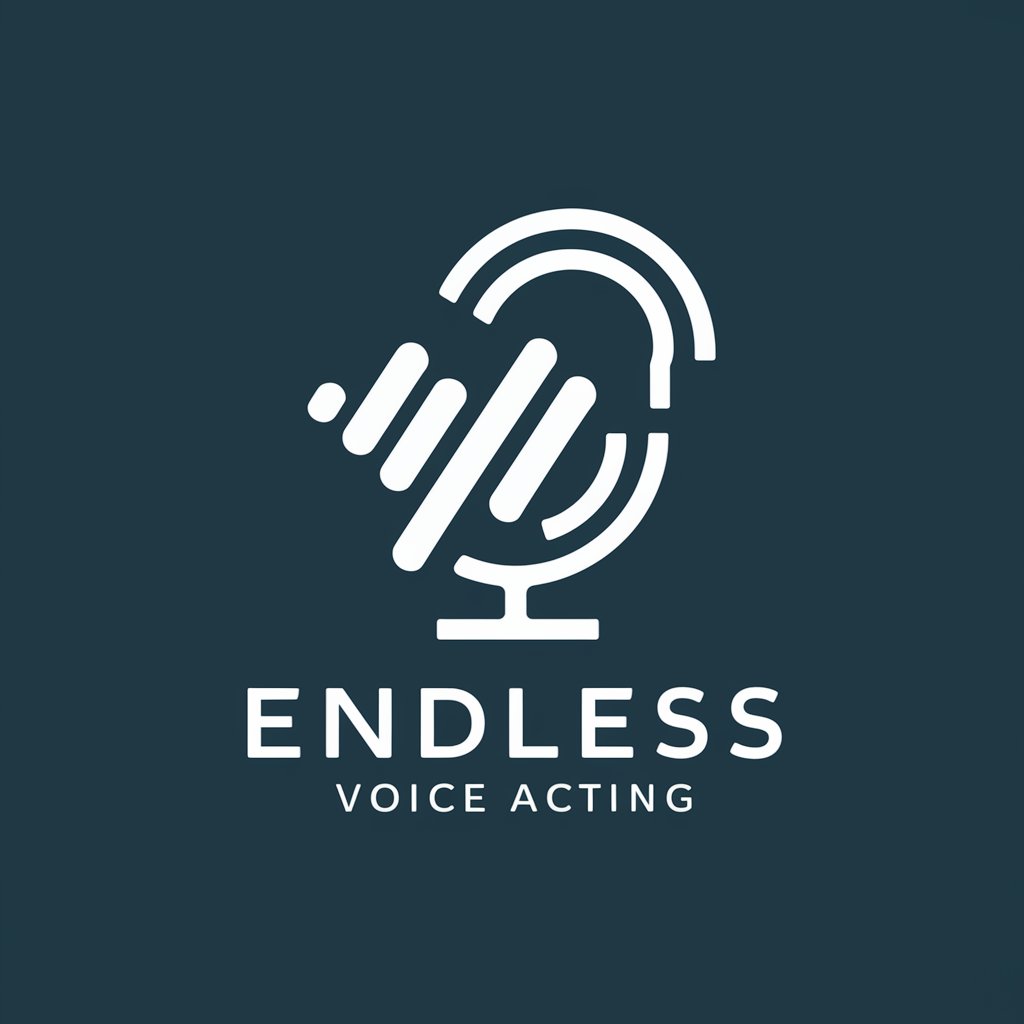
音声英会話 [スマホ音声利用推奨]
Enhance English skills with AI
![音声英会話 [スマホ音声利用推奨]](https://r2.erweima.ai/i/IFz8AxAbSAuIJHWog9cPDQ.png)
就職活動面接練習用GPT(音声練習対応)
AI-Powered Realistic Interview Preparation

音楽生成チャットボット
AI-Powered Music Inspiration
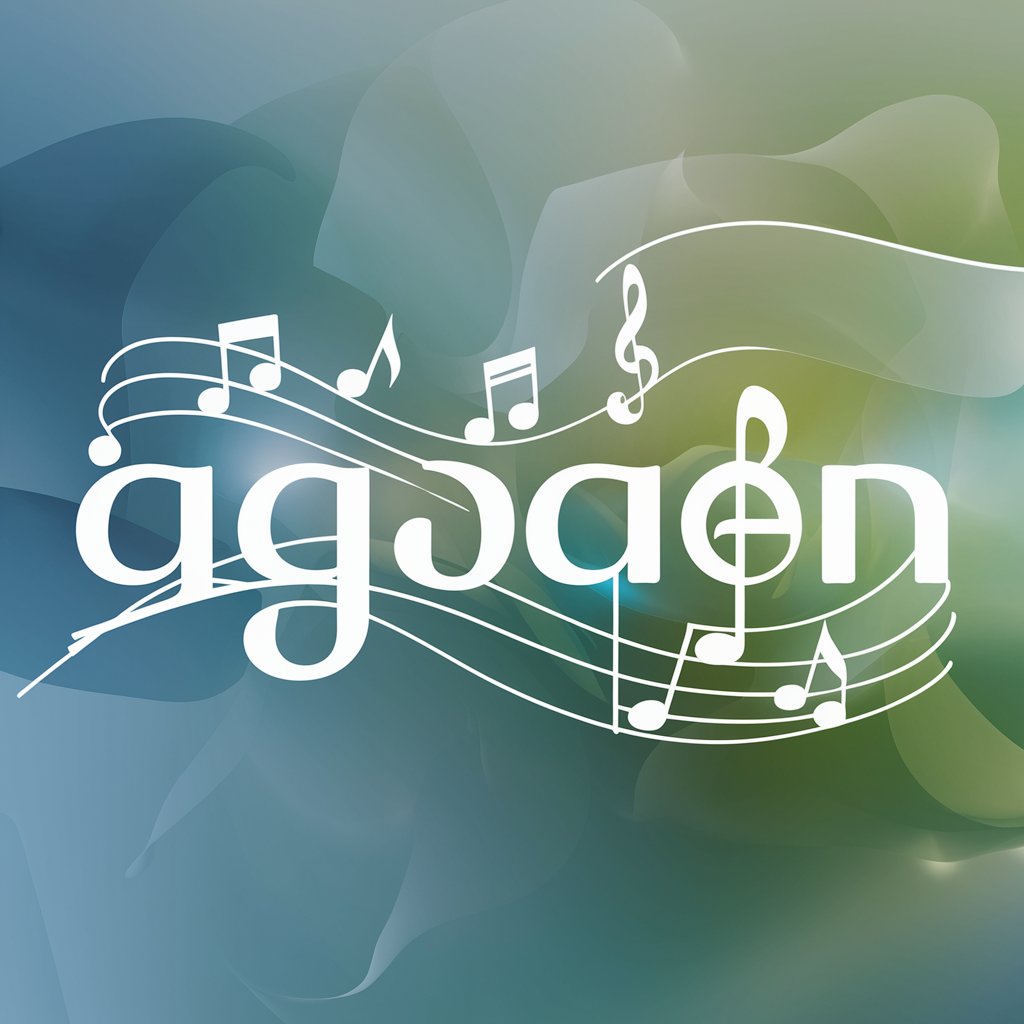
Sport
AI-powered Sports Insights

Sport Stat Genius
AI-powered sports analytics at your fingertips.
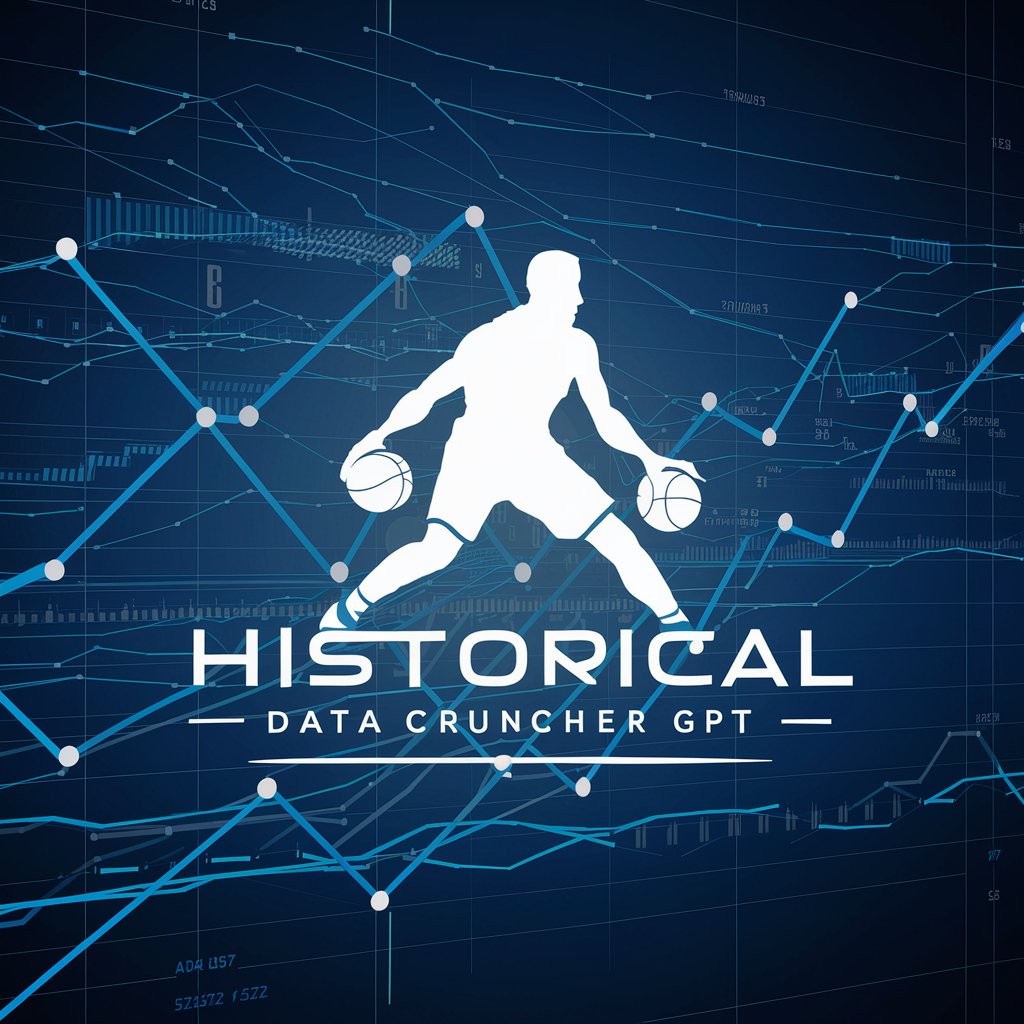
Sport Oracle
Empowering your bets with AI-driven insights
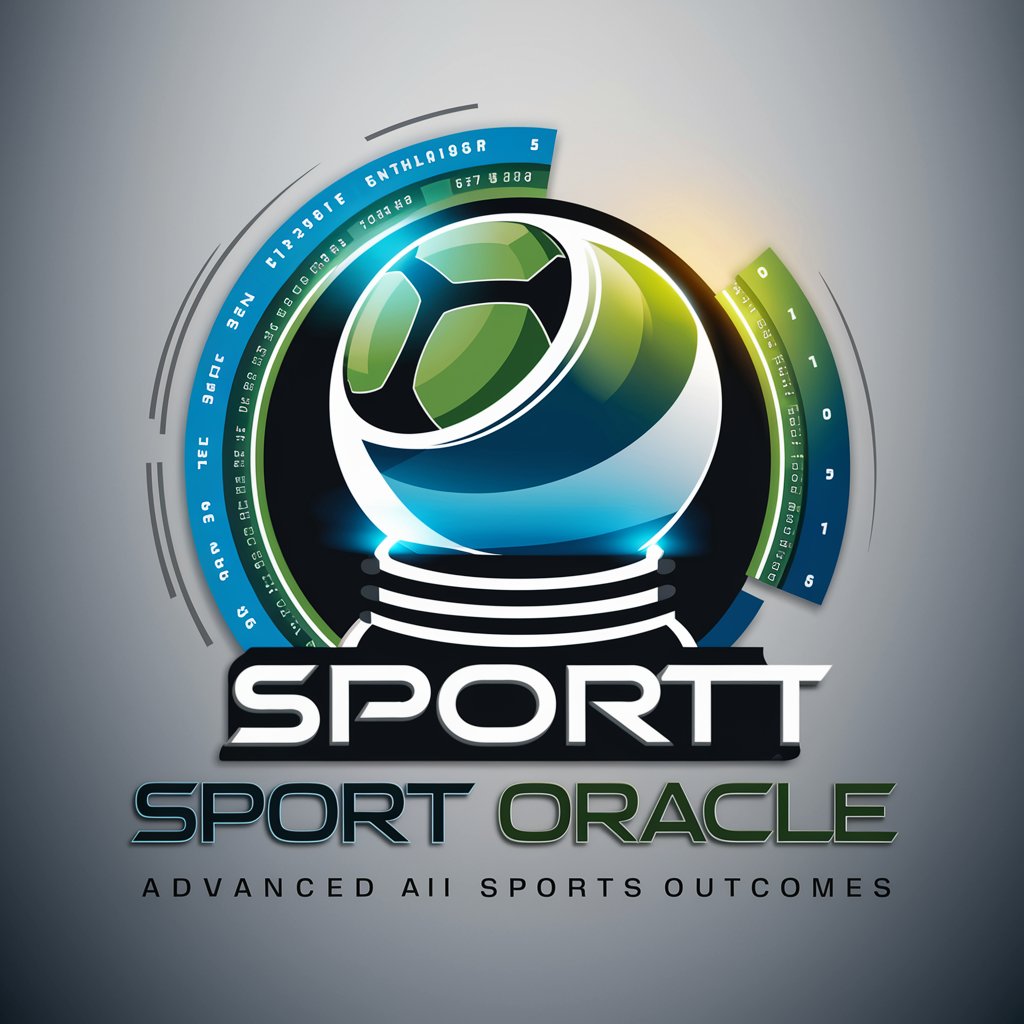
Sport Betting Master
Elevate Your Betting Game with AI-Powered Analysis

Sport Analysis Bot
AI-Powered Sports Intelligence

Frequently Asked Questions about 音声データ 文字起こし
What types of audio files can 音声データ 文字起こし process?
It can process various audio formats including MP3, WAV, and AAC, focusing on lectures, meetings, and discussions.
How accurate is the transcription service?
Accuracy is highly dependent on the audio quality; however, it uses advanced AI to ensure the highest possible precision.
Can it differentiate between multiple speakers?
Yes, it can identify and differentiate between different speakers, making it ideal for transcribing meetings and interviews.
Is there a limit to the audio file length?
While there's no strict limit, longer files may require more processing time. For optimal experience, consider breaking up files longer than 2 hours.
How do I improve transcription accuracy?
Ensure audio clarity, minimize background noise, and specify any unique vocabulary before processing.
